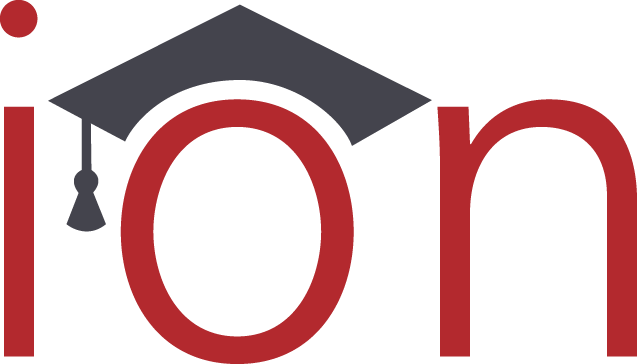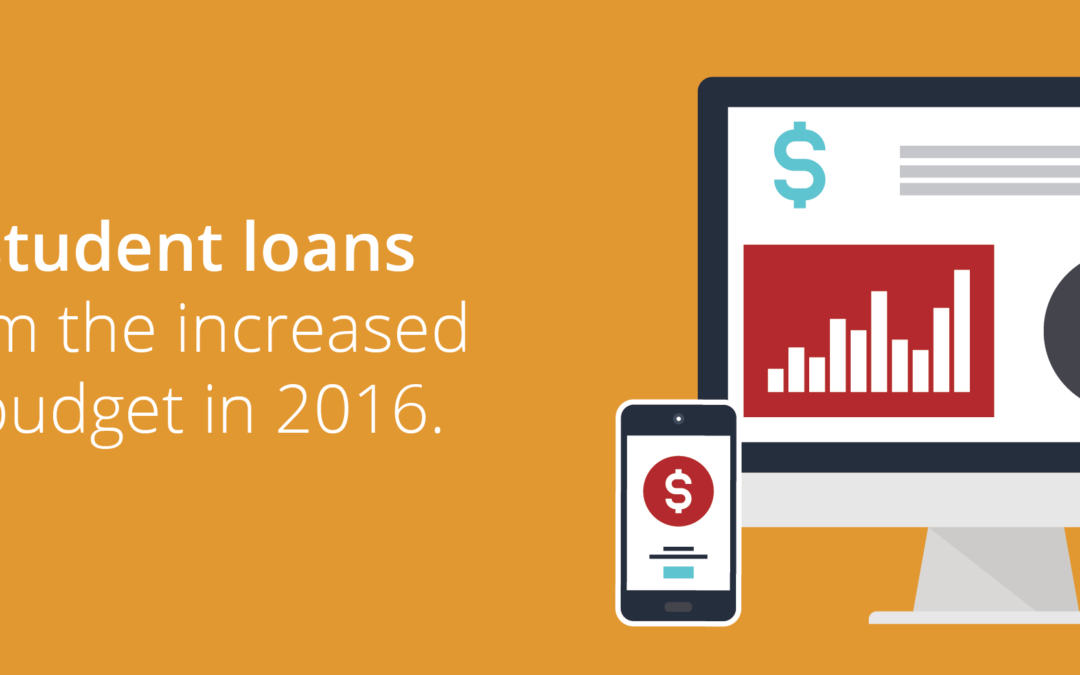According to Aon Hewitt’s 2015 Hot Topics in Retirement report, 93 percent of companies are very or moderately likely to create or broaden their financial wellness efforts beyond retirement topics in 2016. This diversification is welcome news for many employees, especially for those who do not contribute to their retirement due to a significant student loan debt burden. Forty-nine percent of respondents would prefer student loan payment contributions over a 401(k) at this point in time, yet only three percent of employers include student loan repayment in their benefits packages. As employers look to diversify their financial wellness plans in 2016, the prominence of student loan benefits could significantly increase.
One reason student loan benefits could become more prominent is simply due to increased demand. Forty million people have student loans in the US and the average student graduates with about $35,000 in student loan debt. PwC recently acted on this sentiment by offering employees $1,200 a year towards their student loans. Other companies have made headlines for following their lead.
These numbers do not seem to be declining anytime soon. Millennials, the generation of employees most affected by student loan debt, will make up 50 percent of the workforce by 2020. They name student loan debt as their number one source of long-term debt and many of them are not equipped to be successful in repayment. About 11 percent of those with student loan debt are in default. This does not even consider the number of borrowers who are delinquent on payments or who are using deferment or forbearances to postpone payments.
According to our own research, the majority of borrowers don’t know basic student loan concept such as who their loan servicer is or what their interest rate is. Employers could help employees overcome these hurdles by investing in student loan management tools that provide the tools necessary to be successful borrowers. For example, iontuition’s dashboard shows total loan balance, interest rate, loan servicer, etc., and also offers free student loan counselors employees can call when they have questions.
Another indication that student loan benefits could increase in 2016 is that 35 percent of employers plan to increase spending in employee benefits technology in 2016. While most of this budget will likely go towards automating HR processes, employees with student loans could benefit from this increased technology budget as well. Millennials embrace technology; they grew up with digital devices and expect technology to work for them. Web-based student loan management technology combines the need for student loan benefits with an easy-to-digest format.
Financial wellness program diversification, combined with an influx of employees with student loan debt and new momentum for these benefits in the press, could finally be the mix that forces employers to re-evaluate their current benefits package. Learn how you can partner with iontuition to give your employees a benefit that will help them manage their student loans.

